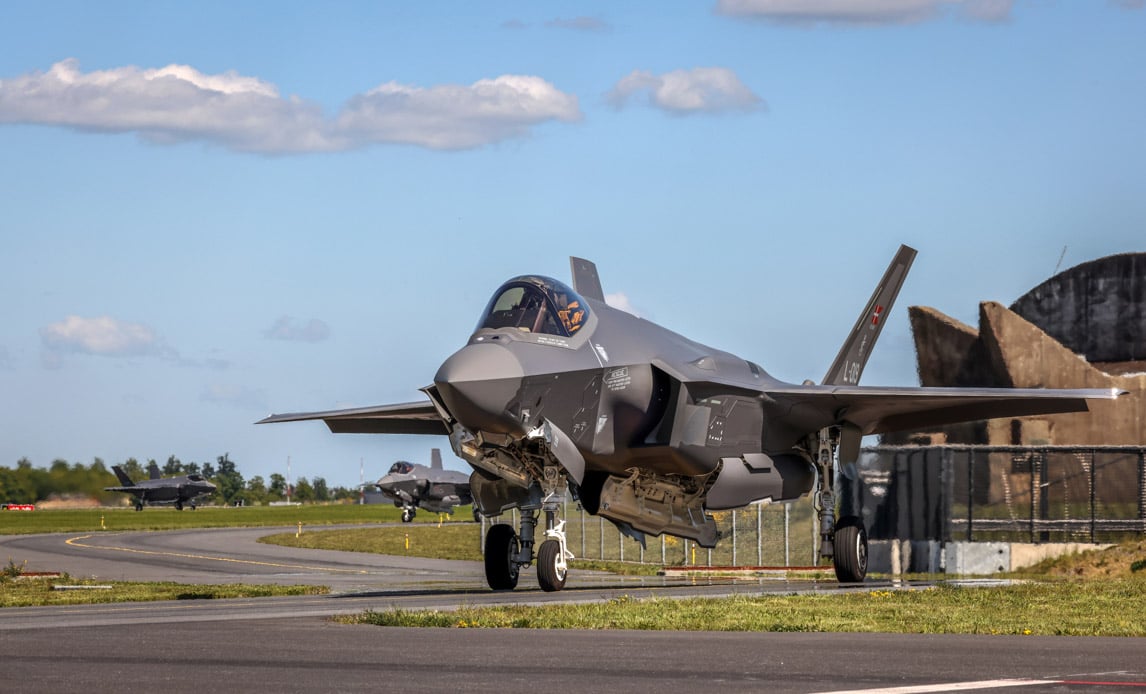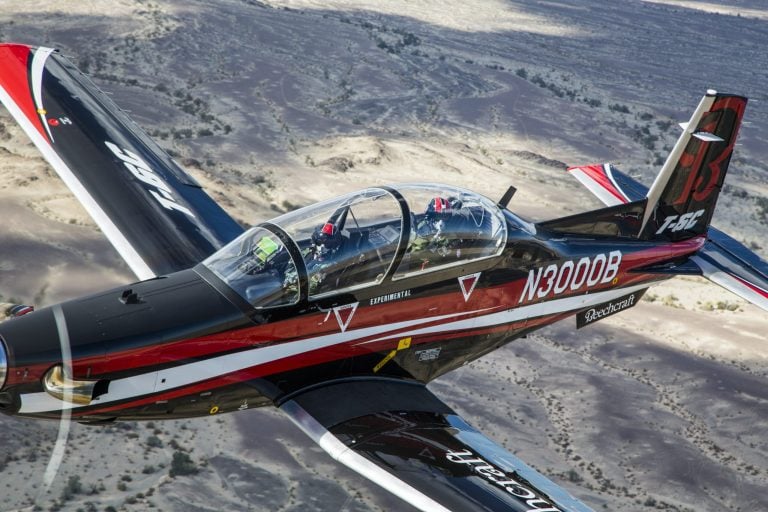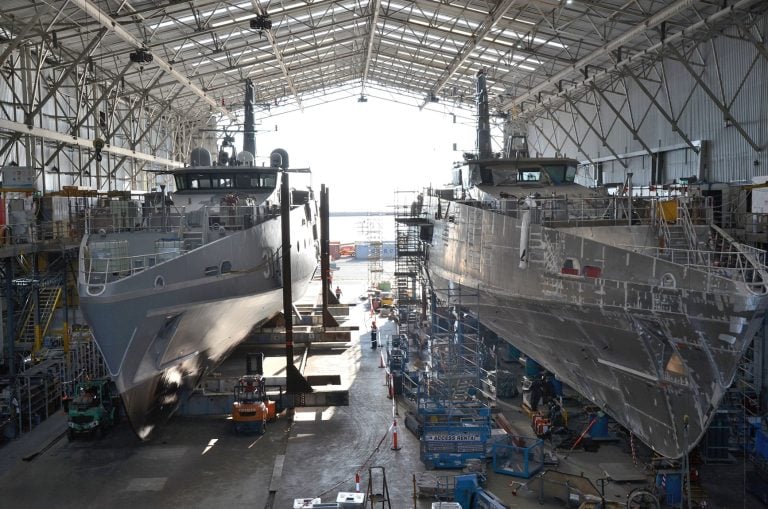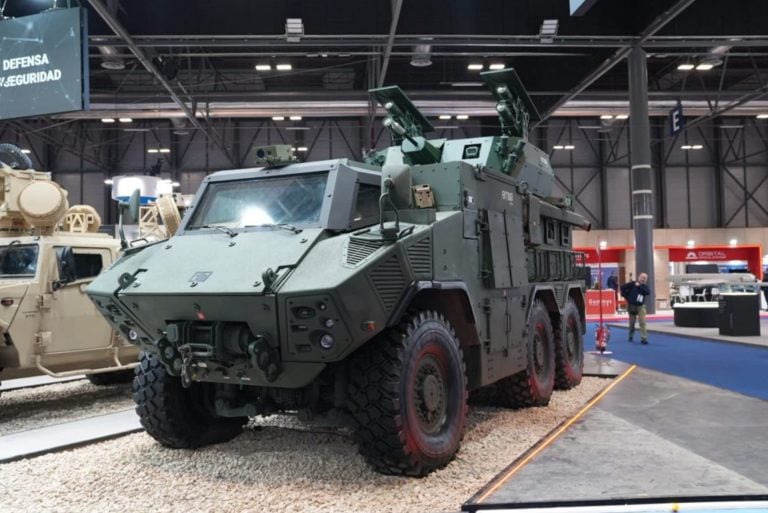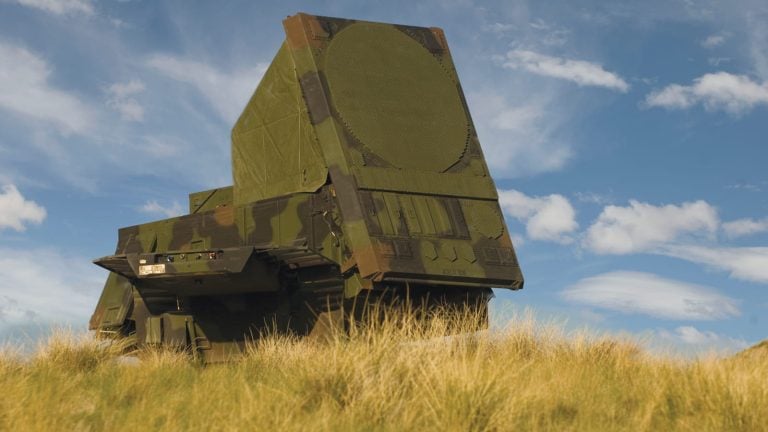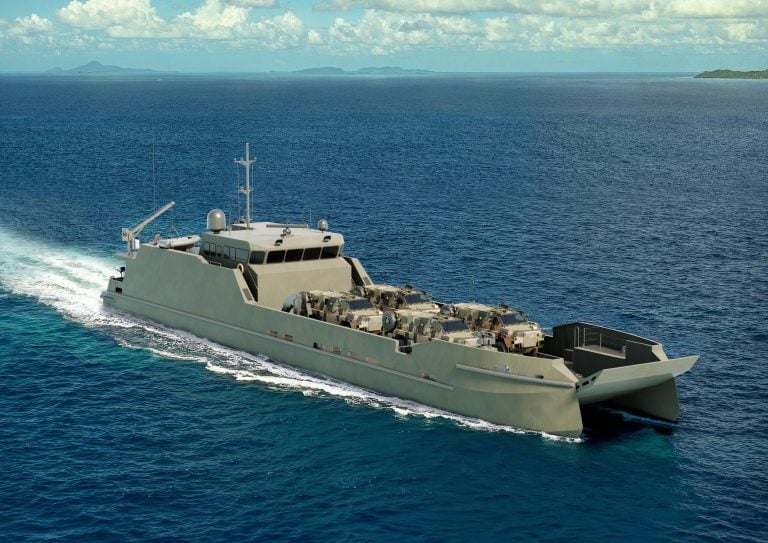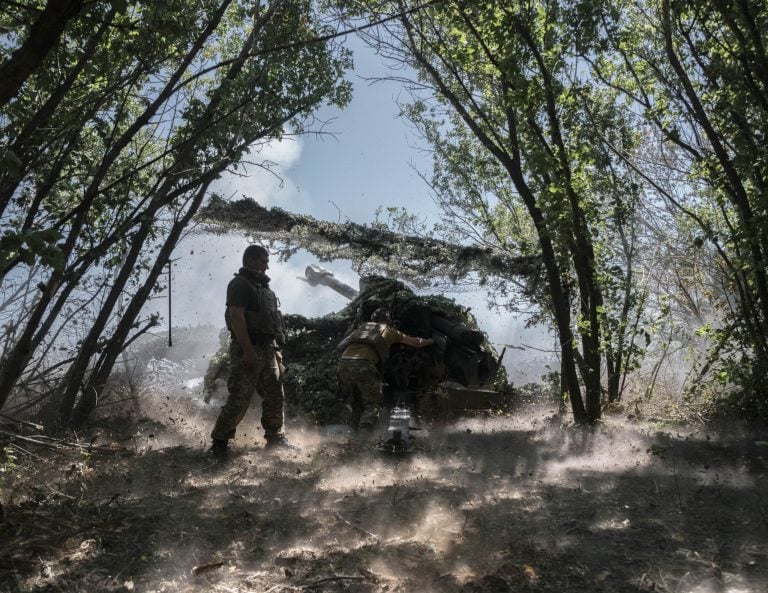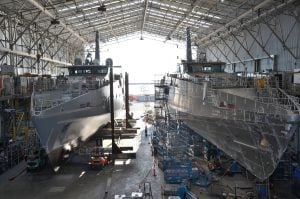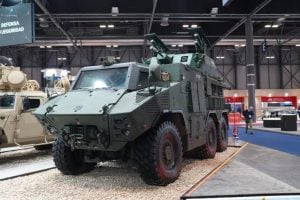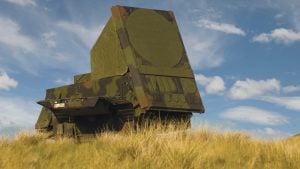Denmark has recently marked a significant milestone in its defense capabilities with the arrival of four new F-35 fighter jets at Skrydstrup air base, located in the southern part of the country. The jets were delivered following a transport flight from Lockheed Martin’s facility in Texas, enhancing Denmark’s fleet of advanced military aircraft.
With this latest addition, Copenhagen’s total F-35A jets now stands at 15, while another six remain in the United States for training purposes. The Danish government has committed to acquiring a total of 27 F-35s, with the remaining six expected to be delivered over the course of the next year.
The F-35 program in Denmark has seen steady advancements in recent years, aimed at replacing the Royal Danish Air Force’s aging fleet of F-16s. The journey toward integrating the F-35s began in 2020, and the first jets officially arrived in Denmark in 2023, marking a pivotal moment for the nation’s defense strategy. The program has been bolstered by a crucial funding approval from the Danish Parliament in 2017, which assured financial support through 2026.
In conjunction with its military upgrades, Denmark has made significant enhancements to its overall defense commitments. In early 2025, the country pledged to allocate more than 3 percent of its GDP, roughly $7 billion, to bolster defense spending over the next two years. This initiative includes the establishment of an Acceleration Fund designed to expedite key investments in defense, along with provisions for direct awards for procurement.
In February, Denmark joined forces with seven other NATO allies in a large-scale military exercise across Poland and the Baltic region, aimed at improving intelligence and surveillance capabilities. Additionally, in January, the Danish government unveiled a $2 billion plan to increase security in the Arctic, reflecting the growing strategic importance of the region amid heightened tensions between the United States and Russia.
These developments collectively underscore Denmark’s commitment to modernizing its military and enhancing its readiness to meet contemporary security challenges.
